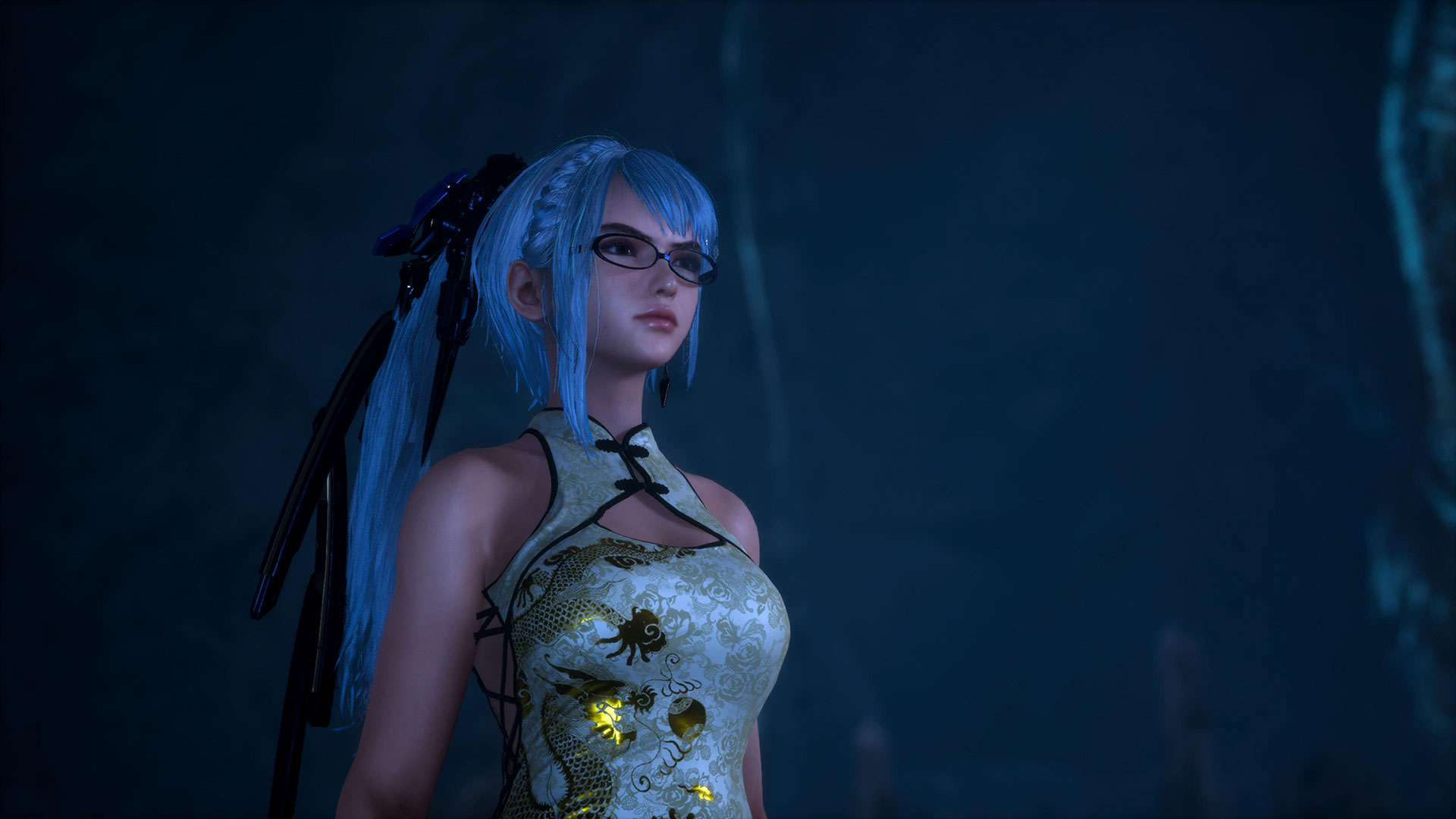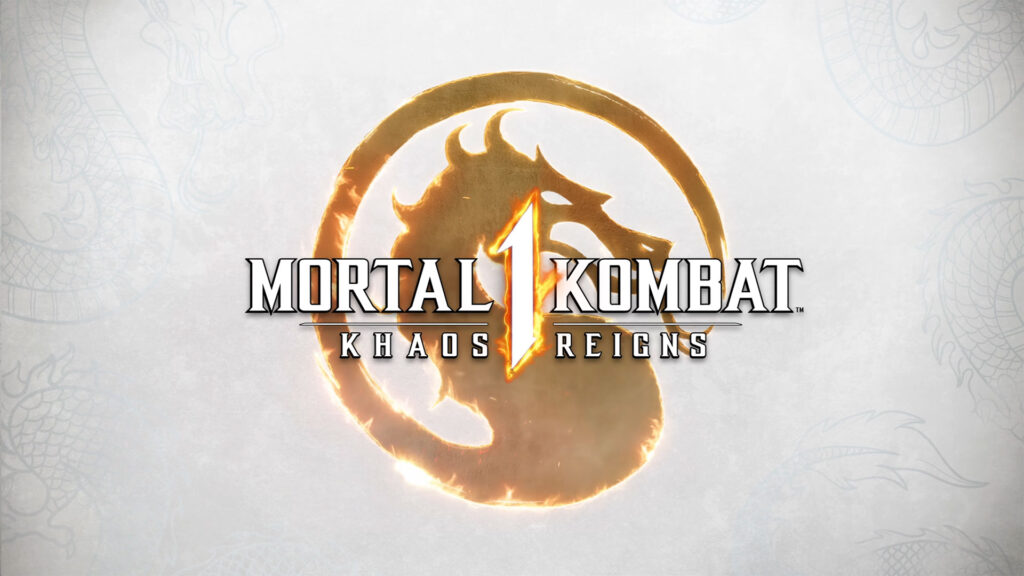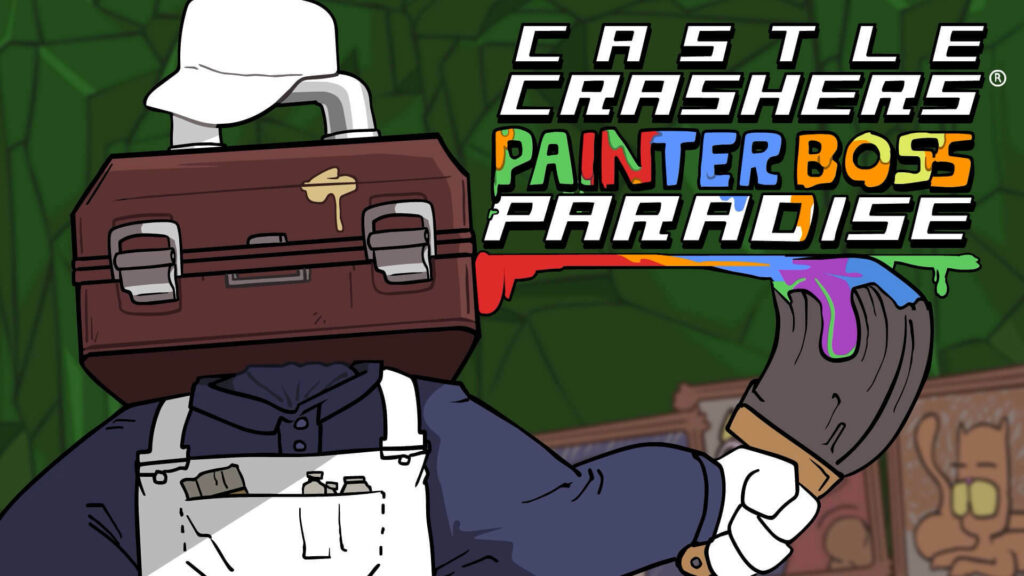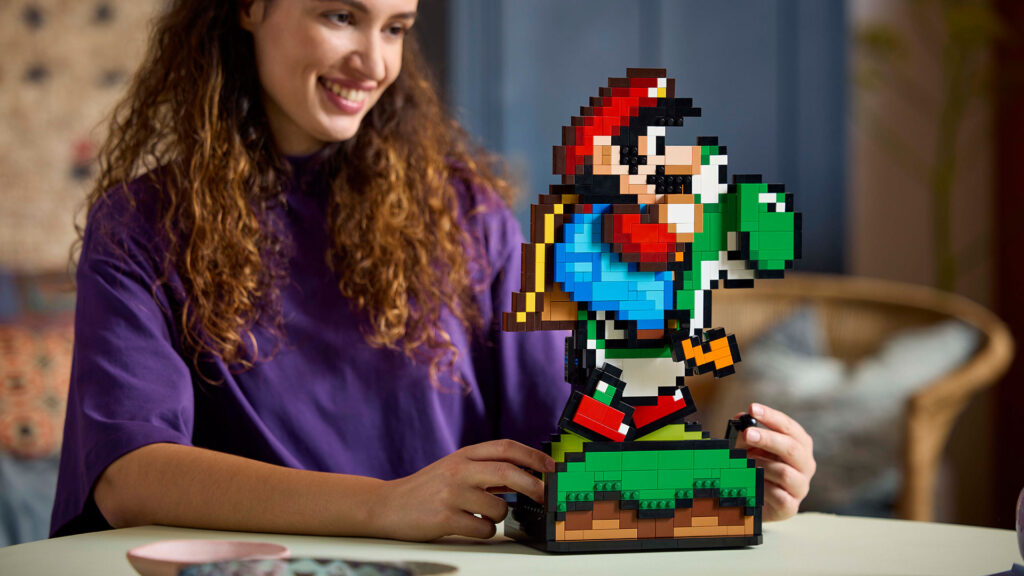Quick Verdict
Stellar Blade is part brilliant and part frustrating; however, as Shift Up’s first attempt at a AAA title, it can be considered a remarkable success. I hope Stellar Blade marks the beginning of a franchise for the Korean developer, given the solid foundation it has established for a sequel. The team likely learned a lot during the development process and has shown a passion and desire to improve the game, even before its launch. Fans of precise combat games like Sekiro will find much to enjoy in Stellar Blade.
Although it’s tempting to compare Stellar Blade to NieR: Automata, it’s somewhat unfair to do so, despite the obvious similarities. The game has enough personality to stand on its own, though its characters and writing leave a bit to be desired. Stellar Blade may not appeal to everyone, but for its audience, it offers a solid experience from beginning to end.
Echoes of Creation
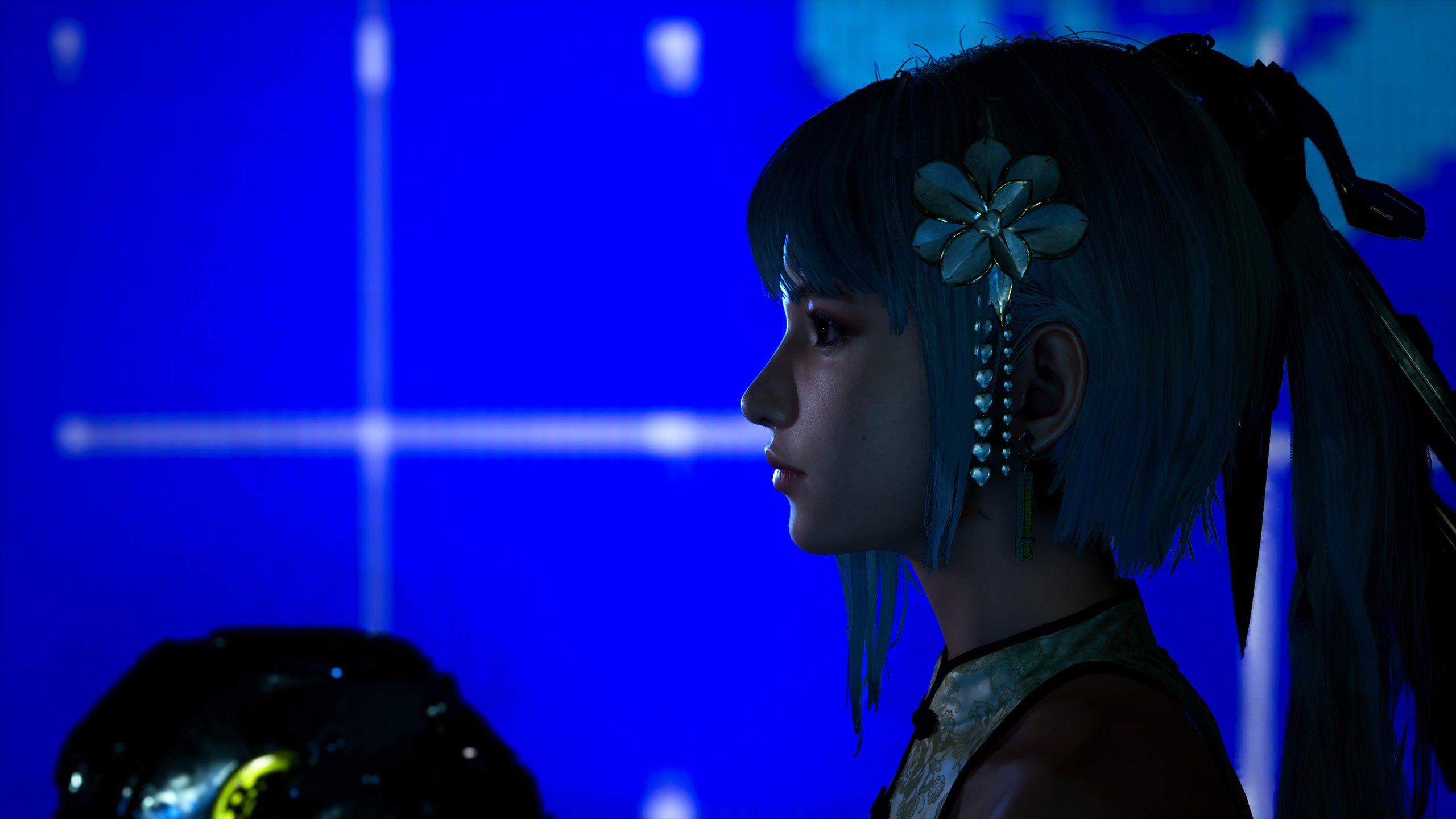
Before I begin talking about Stellar Blade, I have to provide some context on my general level of enjoyment with “Soulslike” games—and yes, I know Stellar Blade isn’t one. Combat-oriented games with a focus on precise parrying and dodging have never been my cup of tea, and even less so as I age and my reaction time worsens. Unfortunately for me, these types of mechanics are finding their way into all types of games, including Star Wars Jedi: Survivor (review) and to some extent, even in Final Fantasy VII Rebirth (review). I try not to back down from a challenge, but the combat has to be really engaging for me to suffer through hours of failure. I enjoyed the combat in Final Fantasy VII Rebirth so much that it didn’t really bother me to spend hours failing a single fight. Meanwhile, in Star Wars Jedi: Survivor, I didn’t even find the game fun until I turned down the difficulty. I had expected this to be the case with Stellar Blade and was prepared to play the entire game in Story Mode. However, after playing the demo and practicing the combat, I was determined to go through Eve’s adventure in Normal difficulty. And I almost succeeded.
Let’s get this out of the way: I haven’t played Sekiro. I may now, after playing Stellar Blade and hearing about its similarities to Sekiro, but I basically have avoided many of the games in that genre since I just don’t have the patience for them. Stellar Blade’s demo went a long way in convincing me that I could not only enjoy the combat but possibly be good at it! One of the things Stellar Blade does really well is building up the player’s confidence. As you get more and more experienced with the combat system while unlocking upgrades for Eve, you’ll not only feel more comfortable when engaging enemies, but actually feel like you’re becoming a better player. I feel very few games actually do this successfully, where you, the player, feel like you’re gaining experience points and leveling up alongside the character you’re controlling.
There are moments in Stellar Blade where I pulled off the most beautiful parries, while connecting into perfect dodges, and counterattacking flawlessly. These moments were pure bliss and very unique to the experience that Stellar Blade has to offer. But then there were moments where I died a few seconds after dashing to the boss. For me, the gap was really wide on whether I played well or played poorly, and things tend to spiral out of control rather quickly for me. I know this isn’t the case with seasoned veterans of the genre—I, too, have YouTube—but I think all of this is worth mentioning because I imagine there are gamers similar to me that may be curious about trying out Stellar Blade. To me, it was the ideal middle point between a purely action-oriented game like Bayonetta or Devil May Cry, and the meticulous combat systems found in Soulsborne games. Stellar Blade reminded me a lot of the 2004 Ninja Gaiden reboot from Team Ninja.
Shadows of Eden
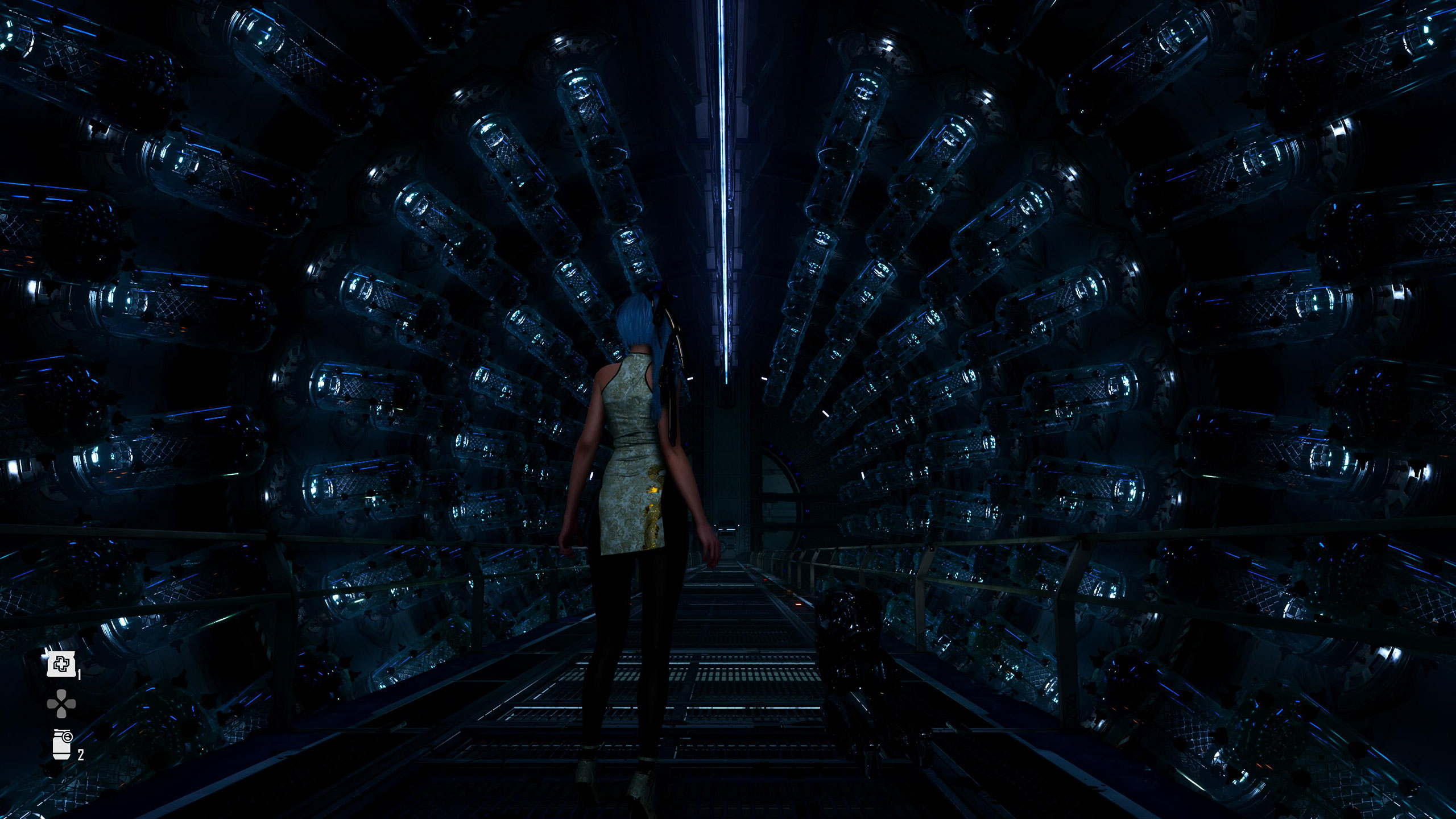
I consider NieR: Automata one of the best games I’ve ever played, and I would have to be completely blind not to see the similarities between Stellar Blade and NieR: Automata. After all, Stellar Blade’s director, Hyung-Tae Kim, admits that NieR: Automata was a big source of inspiration for his game. So, while I understand the comparisons, I can’t bring myself to do the same. To me, the two games play very differently, with NieR: Automata feeling much more like an action game akin to Bayonetta. Sure, the setting, music, and even some characters’ personalities are similar, but in terms of actual gameplay, I found the two experiences to be different enough.
What I’m trying to say is that I believe it’s unfair to claim Stellar Blade lives in NieR: Automata’s shadow; it’s a pretty lazy take. NieR: Automata was not Yoko Taro’s first game, and it was developed by PlatinumGames, which already had a portfolio of action-oriented games. Stellar Blade comes from a developer that has only seen success with a mobile game, and what it has managed to create as its initial foray into the realm of AAA titles should be celebrated in its own right. If I had to make a comparison, I would say Stellar Blade is somewhat similar to Horizon Zero Dawn. Not in terms of gameplay, but both games are new franchises with excellent combat systems, set in stunningly beautiful worlds with well-designed boss fights. However, they are packed with mediocre characters, bland voice acting, and a predictable yet serviceable story. I consider both games quite good and have no qualms recommending them, but with a caveat: you must really enjoy the combat system to truly appreciate these games.
The final thing I want to address before diving into the game itself is the characters’ design, especially Eve’s. It has been interesting to read and watch all the discourse surrounding Eve’s design, especially since I find the conversations quite absurd. It bears mentioning that, like Santa Claus, Eve is not a real person. The controversy surrounding the design of a fictional character from a country with the highest per capita rate of plastic surgery in the world (source) is, in my view, quite silly. I understand cultures in different worlds have different perspectives, but we should also respect the culture behind Stellar Blade’s developers. Just as children accept Santa as a benign, mythical figure, we should remember that video game characters ought to be viewed within the context of their fictional worlds. Furthermore, just as people have different perceptions of Santa based on cultural contexts, reactions to video game characters will also vary widely. If you dislike it, simply move on—there are many other games to play. I promise, Eve’s design won’t hurt you in your sleep.
Forbidden Fruit
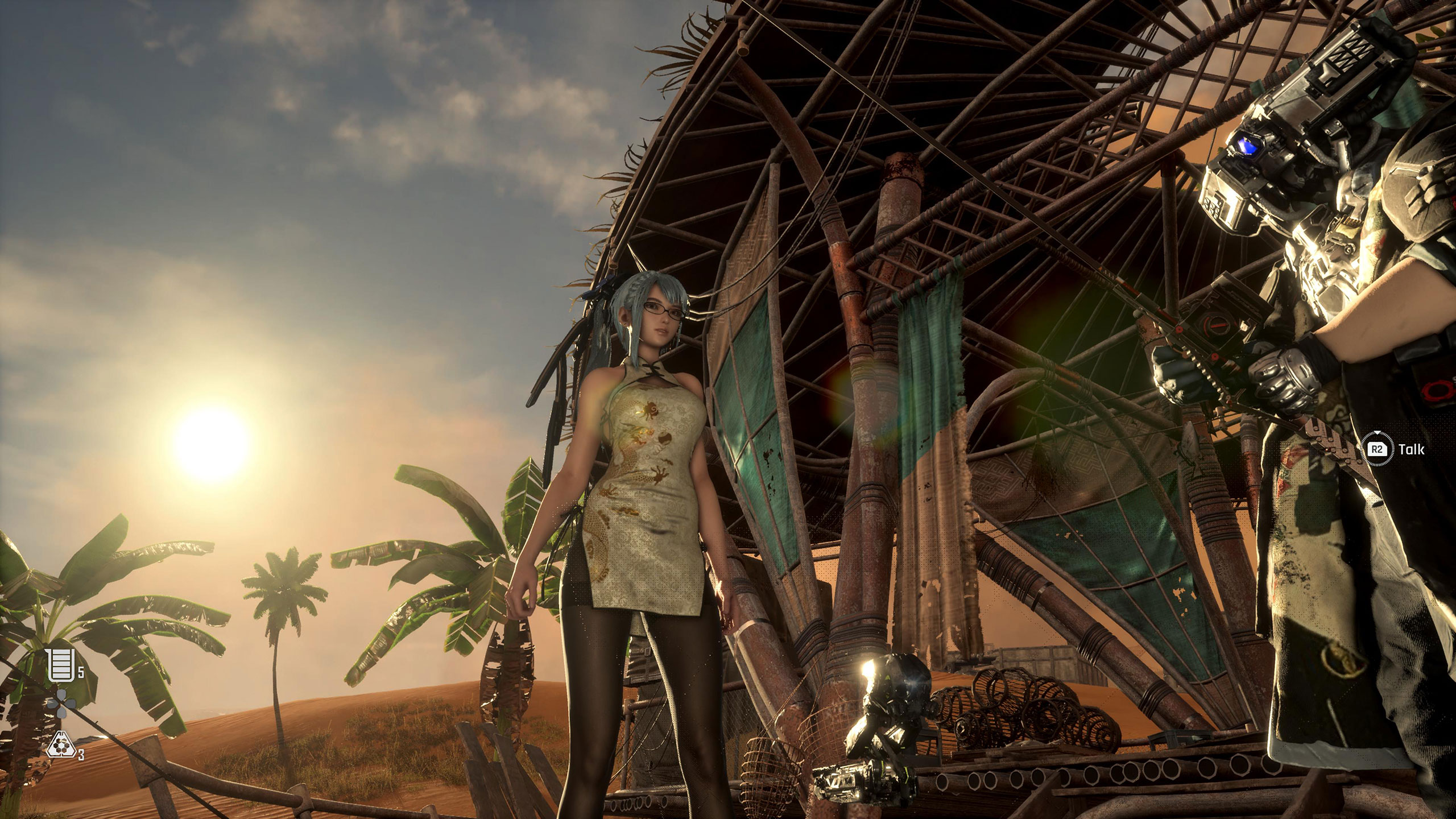
The premise of Stellar Blade isn’t particularly groundbreaking. The story revolves around Eve, a member of the 7th Airborne Squad, who travels to the desolate remains of Earth with one mission: to save humankind from the Naytiba. It doesn’t take long before players meet Adam and Lily, and those familiar with Biblical themes will quickly notice the religious undertones in Stellar Blade. This theme is further reinforced throughout the game, especially through the bits and pieces of lore scattered around the world. Unfortunately, I found a lot of the game’s dialogue to be nonsensical, and some sections of the game could have actually benefited from having the dialogue removed. Some conversations were jarring enough to take me out of the moment, eliciting a chuckle or two at their silliness. I found the overall writing to be mediocre at best and very predictable, with few memorable moments. While some parts aim for poignancy, the delivery and writing generally fall flat. By far, this was the weakest aspect of my Stellar Blade experience, although the overall character arc of Eve was decent.
Where the game makes up, however, is its gameplay. This post-apocalyptic version of Earth feels surprisingly alive, with plenty to explore, and the game rewards you for doing so. The zones are quite varied, even if the two large maps are a bit sandy, and there’s a good mix of platforming and puzzle solving to change things up. The experience feels like an adventure, and although most side quests lack a meaningful story, the rewards are worth the effort. I found myself taking the time combing through each map as comprehensively as I could, as there was always something interesting to find.
My biggest complaint with some of the level design lies with the platforming sections. To me, Eve felt a bit “floaty” to control, which made it frustrating at certain points when you’re trying to accurately jump from one place to another. I’m not very good at platforming, which exacerbated my frustration with the difficulty of positioning Eve accurately while she was in the air. There was one section of the game where I comically died more times than any boss fight up to that point, and I won’t even mention how many times I missed a rope. Nonetheless, I have to commend the variety of environments and gameplay experiences found throughout the maps. Most of the game is really fun, but some moments were frustrating enough to make me hesitate about doing another playthrough.
Divine Intervention
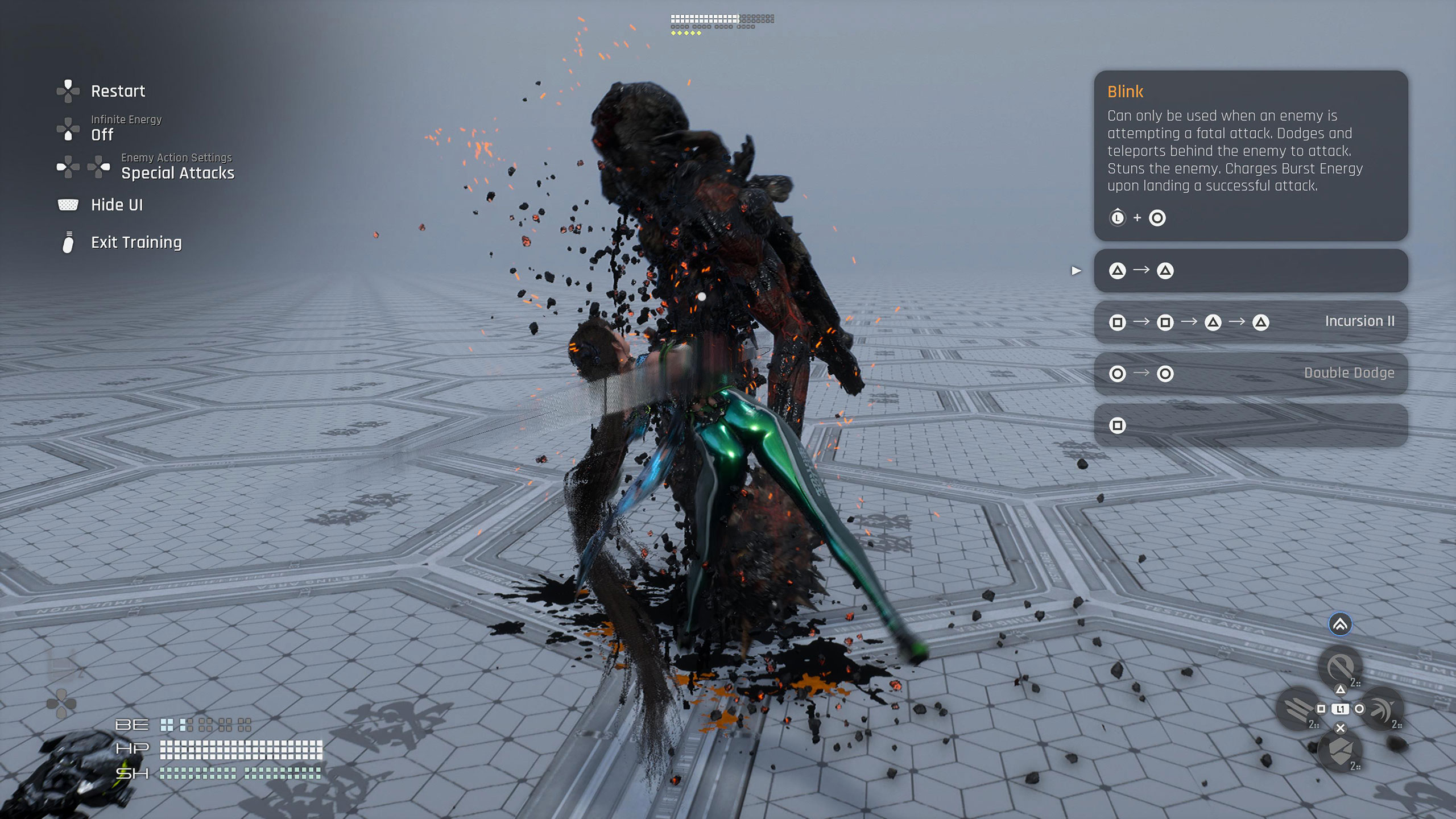
The best part of the Stellar Blade experience is undoubtedly the game’s combat. As mentioned previously, this is likely the closest I will get to enjoying a Soulslike experience, even though I know Stellar Blade isn’t really considered one. Part of the reason why it’s so enjoyable is the ability to test skills and combos in a training room, similar to what you’d find in a modern fighting game. It provides a controlled environment that lets you work on muscle memory for certain attacks and counters, though it doesn’t quite replicate the frantic, stressful feeling of an actual boss fight. Along with light and heavy attacks, Eve has beta skills, activated by holding down L1 and pressing a face button. Burst skills, unlocked later in the game, are triggered by holding down R1 and pressing a face button. In total, players have access to eight different skills, in addition to counters and follow-ups to perfect parries and perfect dodges.
There is also an additional combat mechanic that unlocks later in the game, but I will not discuss it to avoid spoilers. The point is, there can be a lot of complexity and variety on how you choose to fight, or you can have just as much fun putting the game in Story Mode and button mashing—although you will probably still die quite a bit. I found the skill tree more meaningful early in the game, but once I was able to unlock the skills I was interested in, the choices felt less important. If you complete all the side quests and activities as they appear, the skill tree tends to become less impactful around 15 hours into the game. During my 35 hour playthrough, I primarily used two beta skills and one burst skill, which might explain why I wasn’t very good.
For combat to truly shine, a game must have very well-designed enemies. Although I haven’t played a wide variety of Soulslike games and can’t make extensive comparisons, I found the enemies in Stellar Blade to be very well designed. This applies not just to the boss battles, which were mostly brilliant, but also to the normal enemies. I still find it funny that I could struggle and die to a trio of monsters in the open world, but kill one of the major bosses on my first attempt. You can’t really let your guard down in Stellar Blade, which I came to appreciate since I was always improving.
Threads of Fate
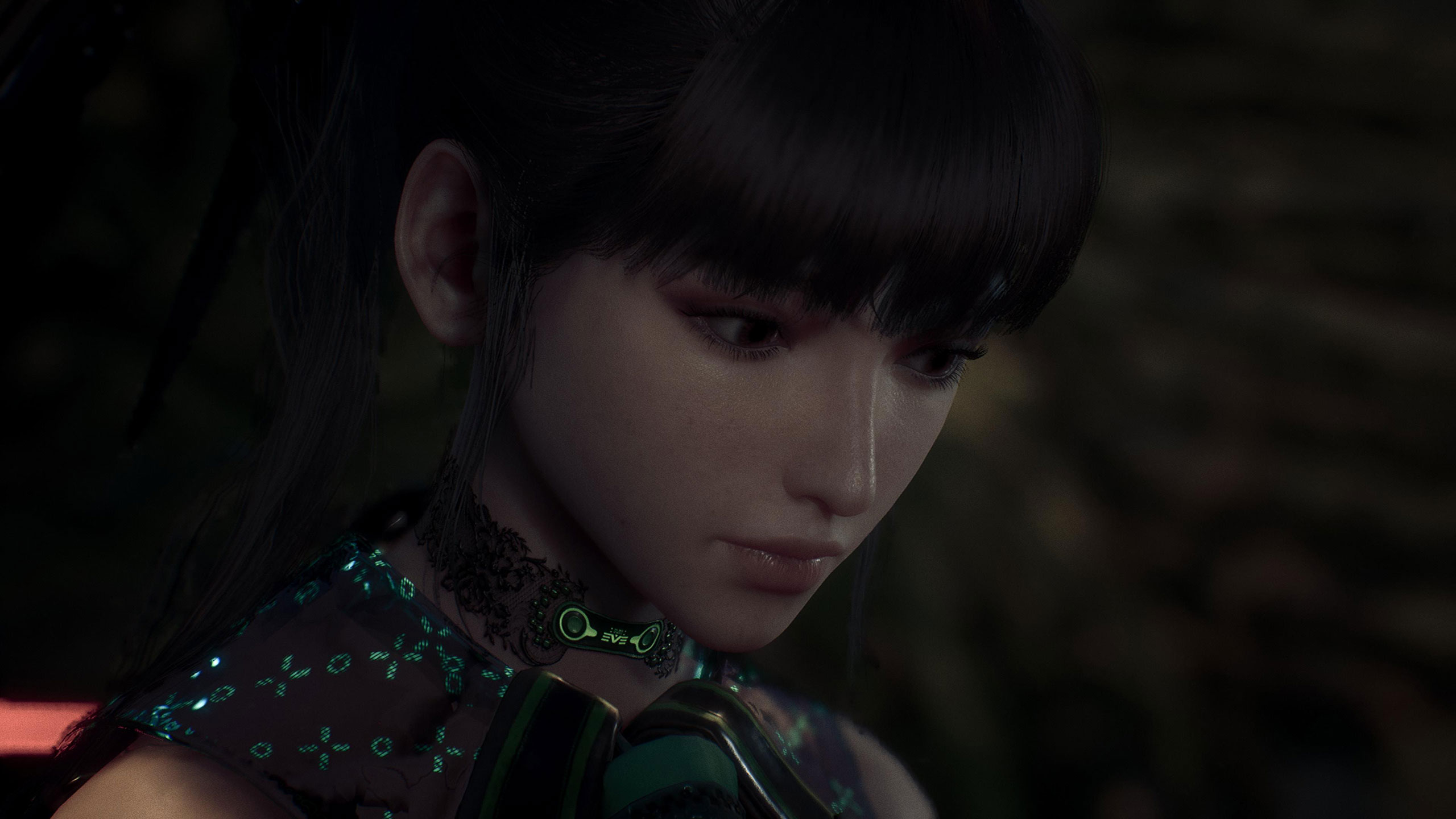
In addition to outfits and various cosmetics, customizing Eve offers a few choices that impact gameplay, such as eventually unlocking the ability to equip a pair of Exospines and four gear slots. Choosing the right Exospines largely aligns with your playstyle, whether you want to take less damage or deal more, as examples. The gear options also offer meaningful choices, ranging from higher critical hit chances and damage to increased attack speed, reduced damage taken, enhanced shields, and more.
I found the weakest aspect of combat was how the game implemented ranged attacks. There are sections where you are forced to use only ranged attacks, which provide a nice break from everything and are thematically cool, but outside of those, I didn’t use them too often. It’s also necessary in certain boss fights, and in others, I resorted to using ranged combat to ensure victory. However, overall, it didn’t feel “smooth” to transition to range while in the midst of combat. I found it frustrating that each time I switched to my ranged weapon, the target lock would drop. This meant that when I switched back to melee combat, I had to lock onto my target again; forgetting to do so was enough for me to die.
So, as I mentioned earlier, I aspired to complete my entire playthrough on Normal mode but resorted to lowering the difficulty to Story mode on the second-to-last boss fight. After spending over an hour trying to best it, I never saw myself taking it under 25 percent and instead of improving, I was getting worse. There’s a very good chance a good night’s sleep would have done the trick, but honestly, at that point I was ready for the game to be over. The last quarter of the game is essentially one boss fight after another; while they are all well-designed and quite different from one another, I found it exhausting. I actually thought several times, “that has the be the end of the game” before encountering yet another boss. But this is what makes reviewing video games so fun. While I found this part of the game exhausting and frustrating, ready for it to end, someone who absolutely loves the combat and challenge will feel the opposite. They’re excited and happy that there’s yet another boss fight around the corner and that the game doesn’t come to an end. Both opinions are valid, and neither affects the game’s quality. So, if you love the type of combat Stellar Blade offers, you should consider this a pro, not a con.
Beyond the Blade
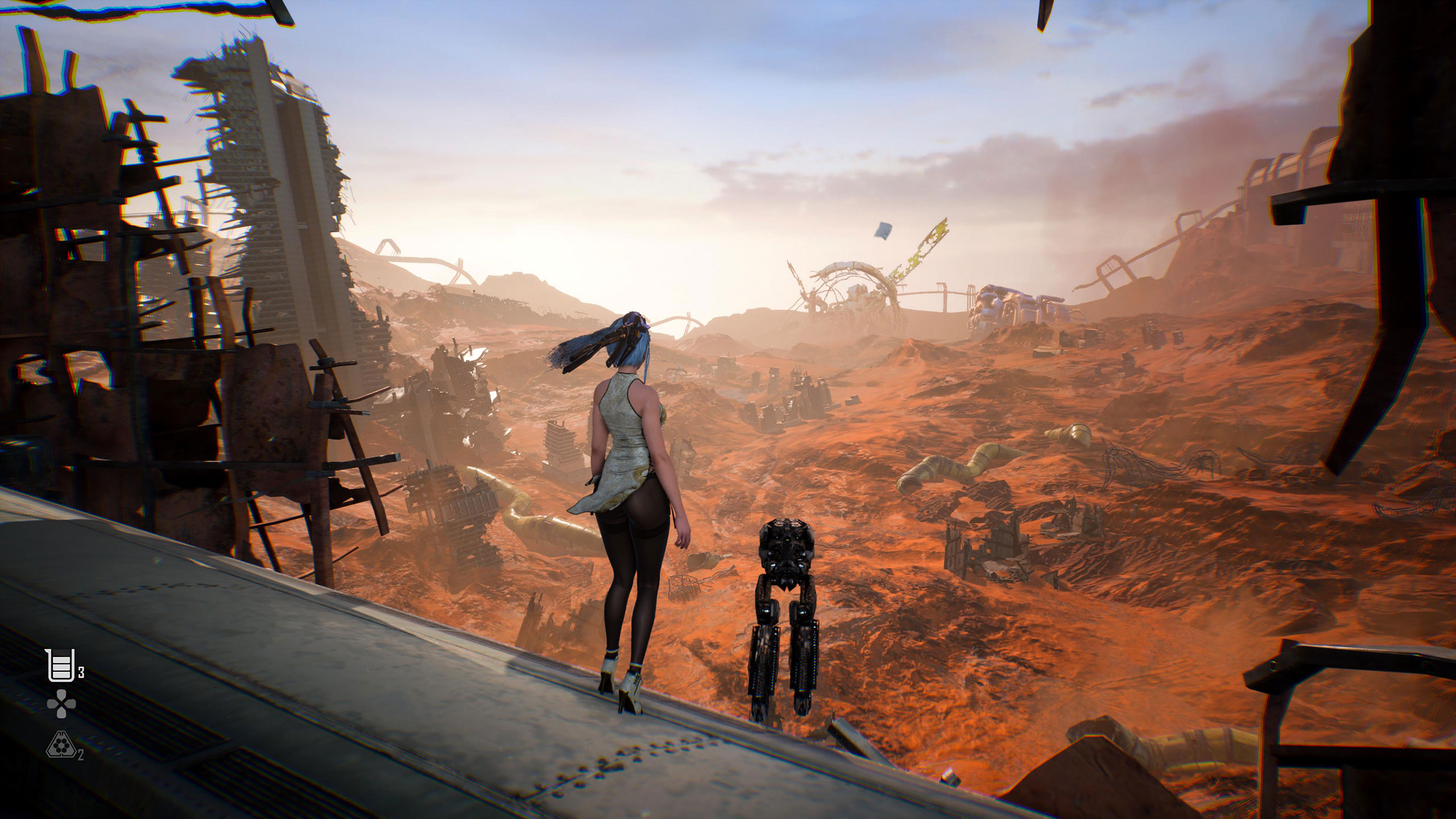
For Shift Up’s first attempt at a AAA title following the success of Goddess of Victory: Nikke, Stellar Blade represents a big win for the developer. Sadly, there’s a very good chance that it won’t be nearly as profitable as its popular mobile game. Hopefully, this won’t deter Shift Up from making another attempt, as I do hope Stellar Blade gets a sequel. With improved writing, better directing for the voice actors—the cast itself is fine—and more world building, this franchise could become another staple in PlayStation’s publishing portfolio.
There are many things Stellar Blade does well. The game performed excellently in performance mode with only a handful of times where I experienced a noticeable drop in frame rate. Unlike other games’ performance mode, Stellar Blade still looks breathtakingly beautiful; all the screenshots you see are from performance mode. The soundtrack is excellent, featuring a wide variety of tracks ranging from melodic to K-pop. I also need to commend the game’s sound design, especially the sound effect when you execute a perfect parry, as it adds to the overall satisfaction of pulling it off.
The combat is probably some of the most fun I’ve ever had in a game, even if it isn’t my preferred type of gameplay. Still, there’s a lot to be said that Stellar Blade is one of the few games of this genre that I managed to finish, even if I was a bit exhausted by the very end. There are few moments in my gaming history where I felt the same satisfaction as pulling off several parries in a row, performing a perfect dodge afterwards, and then countering into a combo. I’m sure other games like Sekiro offer a similar experience, but those games never piqued my interest enough for me to give them a chance. I wonder, what was it about Stellar Blade that enticed me to give the game a shot over others in the genre? The free demo, of course. What else could it have been?
Stellar Blade was released on April 26, 2024 on PlayStation 5. This review is based on a purchased retail copy of the game on PlayStation 5. While FullCleared does have affiliate partnerships, they do not influence our editorial content. We may, however, earn commissions for products purchased via affiliate links.

